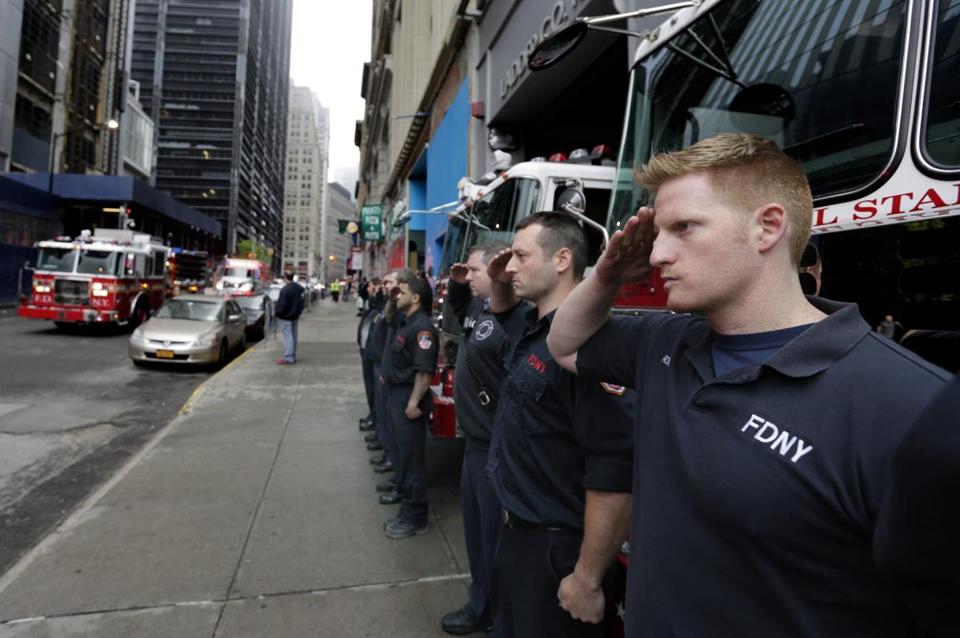Forensic Case Files: 9/11 Victims' Final Resting Place
/
Last year, we did a series of blog posts on 9/11—mass fatality accidents, identifying human remains, the challenges in naming the victims, and the ongoing evidence still being uncovered around the site. A little over a week ago, on May 10th, one of the final chapters of the 9/11 story was written as the final unidentified victims were moved back to Ground Zero to become part of the September 11th Memorial Museum, a permanent part of the Ground Zero site.
Thirteen years after the tragedy, 1,115 or 41% of the 2,753 lost souls have yet to be positively identified by DNA, despite the fact the Office of the Chief Medical Examiner of the City of New York held 7,930 fragmentary samples of unmatched human remains. Due to the condition of these samples—many were badly degraded by the heat of the fire or ground to less than a 1/16” in size during the building collapses—DNA testing was either impossible or inconclusive, despite the samples given by family members for comparison.
Enclosed in three caskets, these final unidentified remains were escorted in the early morning hours through the streets of New York City by an honour guard made up from members of the New York Fire Department, the New York Police Department, and the New York Port Authority. Upon arriving at Ground Zero, they were transferred to a repository at bedrock level in the museum, 70 feet below the street. Walled off from the exhibition space, only staff of the medical examiner’s office and family members will be allowed access to the facility.
The decision to make this the victims’ final resting place raises mixed emotions in family members of those lost. Many feel the final remains of their loved ones have become part of a ‘dog-and-pony show’ tourist attraction, and have also raised concerns about the possibilities of flooding in the subterranean location. But many others feel that Ground Zero is an appropriate resting place for the victims that lost their lives there, that the museum is a place of reflection, respect and education, and the victims are a crucial part of the 9/11 experience.
Forensic scientists remain hopeful that these remains may yet be identified. New scientific techniques are constantly being developed, and many samples that would have been impossible to identify in 2001 are now excellent candidates for matching. The hope is, given time and scientific advances, many more of the remaining fragments will be identified and the victims finally returned to their families.
As an aside, for those who are interested, The New York Times has an excellent interactive tour of the museum here: http://www.nytimes.com/interactive/2014/05/14/arts/design/September-11-Memorial-Museum.html. It's well worth the time to read.
Photo credit: Peter Foley/European Pressphoto Agency



 87.5%
87.5%